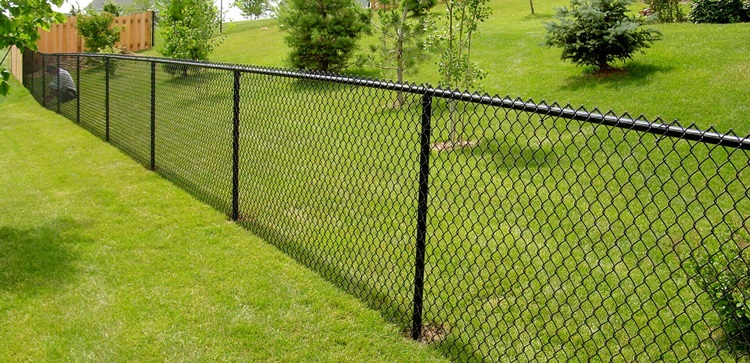Jul . 27, 2024 18:26 Back to list
Exploring the Best Options for Temporary Fence Sales for Your Upcoming Projects and Events
The Growing Market for Temporary Fence Sales
In recent years, the demand for temporary fencing has surged, driven by various sectors ranging from construction to events management and security. As urbanization continues to accelerate and the number of large-scale events increases, the market for temporary fencing solutions is becoming more competitive and diversified.
Temporary fences serve multiple purposes, from securing construction sites to crowd control at festivals and events. One of the primary drivers of this market is the booming construction industry, which requires effective and efficient safety measures to protect both workers and the public. Temporary fencing is a cost-effective solution that helps delineate spaces, prevent unauthorized access, and ensure compliance with safety regulations. It is particularly essential in urban areas where space is limited, and projects are often situated near public thoroughfares.
Moreover, the events sector is experiencing a revival post-pandemic, with festivals, concerts, and sports events returning to full capacity. Organizers are now more focused than ever on crowd management and safety, which makes temporary fencing an indispensable tool. Whether it’s portable barriers, chain link fences, or fence panels, these solutions provide the flexibility needed to adapt to various event layouts and crowd sizes. The ability to quickly assemble and dismantle these fences is a significant advantage, allowing for efficient logistics without compromising safety.
temporary fence sales

As the temporary fence sales market expands, manufacturers are innovating to meet the needs of diverse applications. The development of high-quality, durable materials has enhanced the appeal of temporary fencing solutions. Heavy-duty steel and advanced plastic materials are becoming increasingly popular, offering greater resilience and security. Additionally, features such as privacy screening and aesthetic enhancements allow customers to choose solutions that not only serve practical purposes but also align with the visual themes of their events or projects.
Another noteworthy trend is the growing emphasis on sustainability within the industry. Companies are now seeking eco-friendly alternatives to traditional fencing materials, which can help reduce their carbon footprint. Recyclable materials and designs that minimize waste are becoming more prevalent, reflecting a broader shift towards sustainable practices in various industries. As consumers become increasingly aware of environmental issues, businesses that prioritize sustainability in their offerings are likely to gain a competitive edge.
The digital transformation is also impacting the temporary fence sales market. Customers can now easily access online platforms to browse available products, obtain quotes, and make purchases. This accessibility has broadened the market reach for suppliers, allowing them to connect with a more extensive and varied client base. Furthermore, advanced technologies, such as mobile apps for real-time inventory management and online ordering systems, are streamlining operations, leading to improved customer service and satisfaction.
In conclusion, the temporary fence sales market is experiencing significant growth, fueled by developments in construction, events management, and technological advancements. As businesses strive to enhance safety and security while also addressing environmental concerns, the demand for temporary fencing solutions will likely continue to rise. Service providers in this sector must stay agile, innovative, and responsive to the changing needs of their customers to thrive in this dynamic environment. With a focus on quality, sustainability, and customer service, the future looks promising for the temporary fencing industry.
-
358 Anti Climb Welded Wire Mesh Fence - Secure Perimeter Defense
NewsAug.02,2025
-
Durable Hot-Dip Galvanized Farm Field Wire Fence | Farm Security
NewsAug.01,2025
-
Temporary Fencing Solutions-Anping County Xingzhi Metal Wiremesh Products Co.,Ltd
NewsJul.31,2025
-
Hop Dipped Galvanized / PVC Coated Temporary Fence - Anping County Xingzhi Metal Wiremesh Products Co., Ltd.|Durable Temporary Fencing&Cost-Effective Security Solutions
NewsJul.31,2025
-
Hop Dipped Galvanized / PVC Coated Temporary Fence-Anping County Xingzhi Metal Wiremesh Products Co., Ltd|durable temporary fencing&corrosion-resistant solutions
NewsJul.31,2025
-
Temporary Fencing Solutions - Anping County Xingzhi Metal | Galvanized PVC Coated Fences
NewsJul.31,2025



